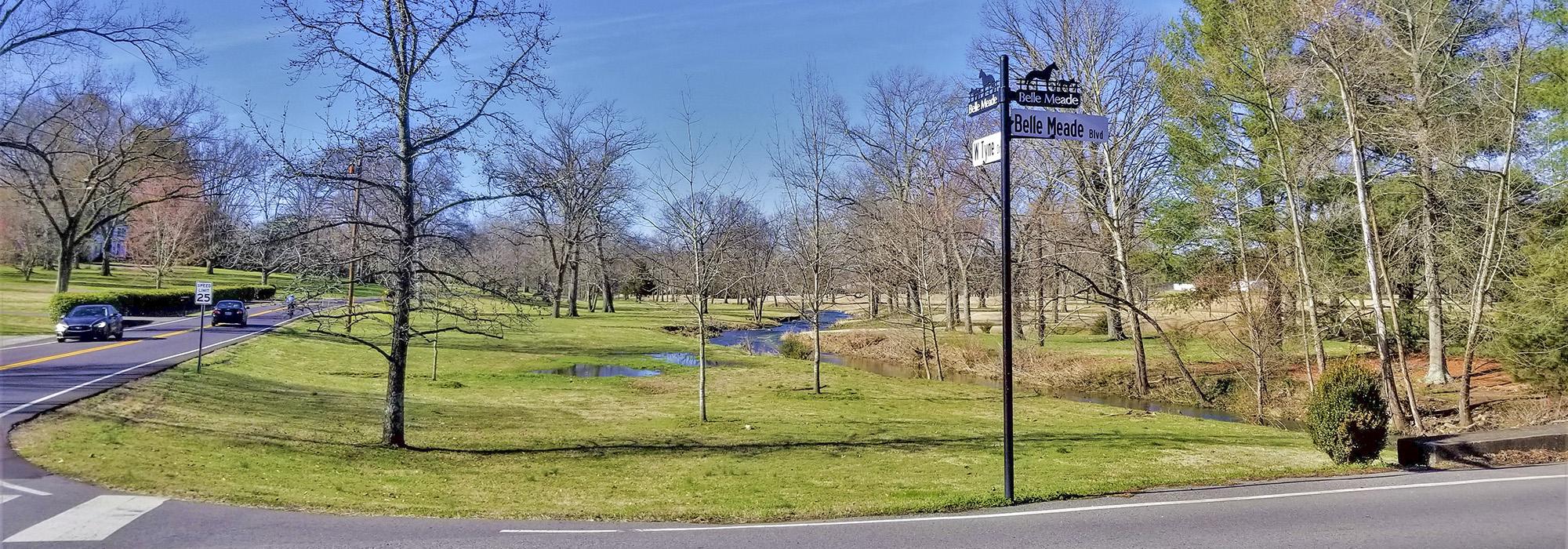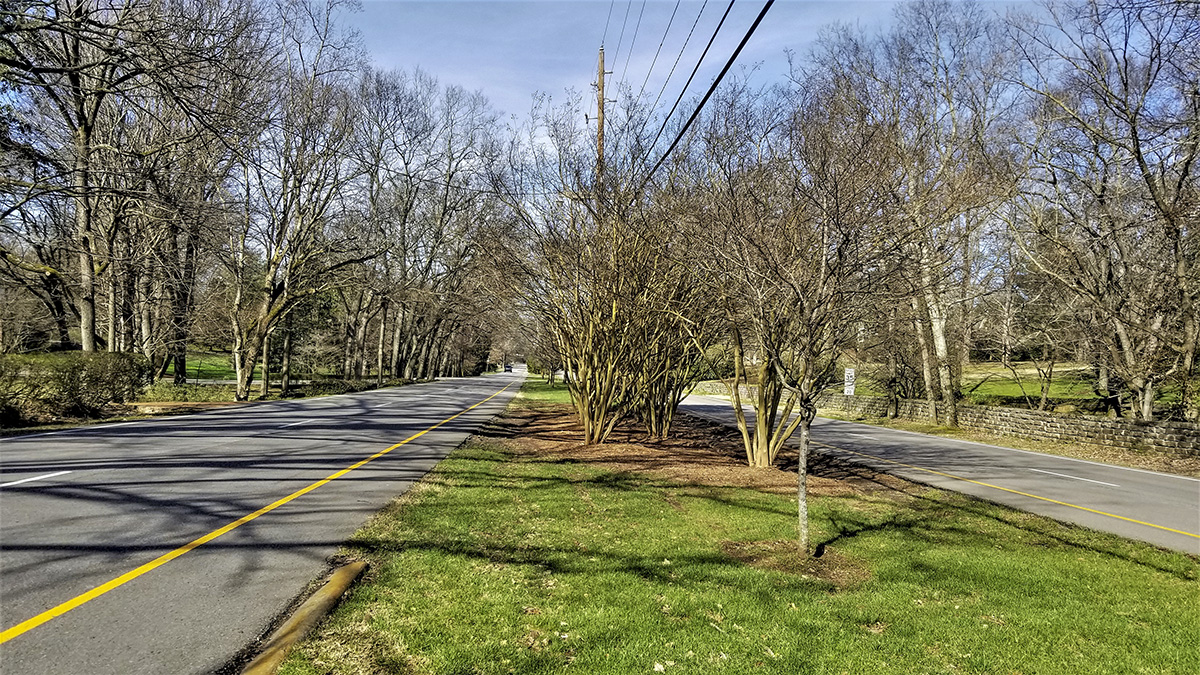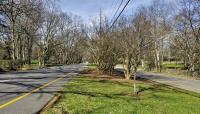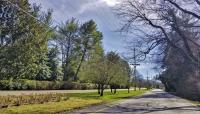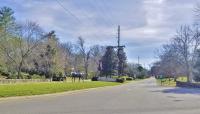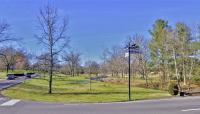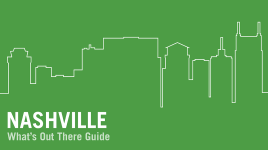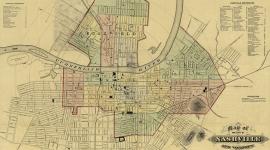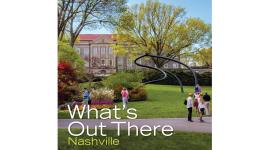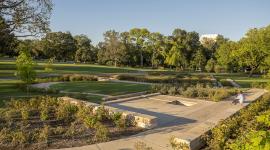Proposed by Colonel Luke Lea of the Belle Meade Company, this linear, tree-lined right-of-way was realized as a means of extending the Nashville Railway and Light Company’s West End line to the new subdivisions created from the former land of Belle Meade Plantation. Two lanes divided by a streetcar line were laid out in 1913, extending from Wilson Boulevard to what is now the Warner Parks. Following construction, Lea convinced the Nashville Golf Country Club, now the Belle Meade Country Club, to relocate to a 100-acre parcel alongside the boulevard. The presence of the golf course and the paved roadway attracted wealthy residents able to commute to the city via automobiles. The six-mile-long, north-south roadway runs through the independently administered city of Belle Meade, which covers just over three square miles. The boulevard comprises two 25-foot-wide double lanes divided by a wide, grassy median. Formerly occupied by an electric streetcar line, the median now contains deciduous and coniferous trees periodically interspersed with plantings and flower beds. The park-like space is fragmented by intersecting side streets and median intersections. The sculpture Racoons and the Magic Horseshoes, designed by Nancy Schön in 1995, is contained within the median between the cross streets of Tyne Boulevard and Forsythe Place. Although much of the boulevard’s route is curvilinear, its final, southern segment is carefully aligned with the entrance to Warner Park, announced by a Depression-era sandstone ensemble known as the Percy Warner Memorial Entrance. The boulevard’s termination is marked by a low, stone wall that lies on axis with Warner Park’s limestone allée, designed by Bryant Fleming.
